
How to get a CE Certification for TWS Bluetooth Earbuds?
Applying for CE certification for TWS (True Wireless Stereo) Bluetooth earbuds is a complex but systematic process aimed at ensuring that the product complies with the safety, health, and environmental requirements of the European Union (EU) market.
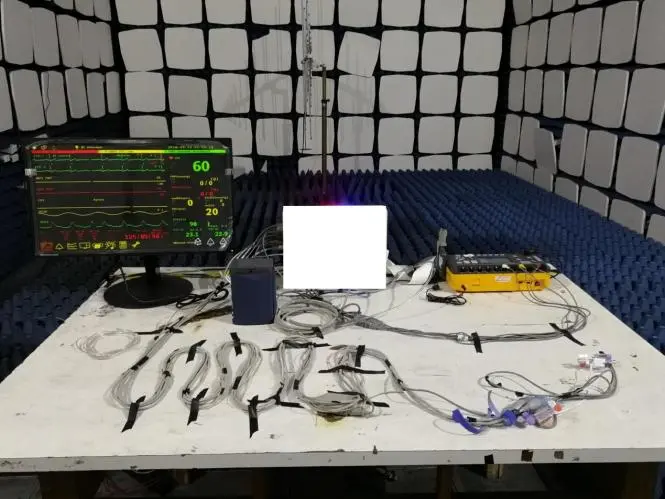
Identify Applicable Directives and Standards
TWS Bluetooth earbuds must comply with several EU directives and standards, including:
1.1 Radio Equipment Directive (RED, 2014/53/EU):
Covers safety, health, and electromagnetic compatibility (EMC) requirements for radio equipment.
1.2 low voltage directive (LVD, 2014/35/EU):
Applies to electrical equipment with a rated voltage between 50V and 1000V AC and between 75V and 1500V DC. While TWS earbuds generally operate at lower voltages, some charging equipment may need to comply with this directive.
1.3 Electromagnetic Compatibility Directive (EMC, 2014/30/EU):
Ensures that the device does not generate excessive electromagnetic interference and is resistant to such interference.
1.4 RoHS Directive (2011/65/EU):
Restricts the use of certain hazardous substances.
Product Testing and Evaluation
Conduct testing and evaluation according to the applicable directives:
- Internal Testing:
Manufacturers can perform pre-assessments internally to ensure basic compliance.
- External Testing:
Formal testing by a third-party laboratory is a key step in ensuring product compliance. This testing includes radio performance, electromagnetic compatibility, safety, and restrictions on hazardous substances.
Prepare Technical Documentation
Prepare detailed technical documentation (Technical Construction File, TCF) that includes:
3.1 Product description
3.2 Design and manufacturing drawings
3.3 Electrical schematics
3.4 Risk assessment report
3.5 Test reports
3.6 User manual and safety information
Determine the Conformity Assessment Route
Select the appropriate conformity assessment route based on the complexity and risk level of the product:
4.1 Self-Declaration:
Suitable for low-risk products, where the manufacturer can carry out the conformity assessment themselves.
4.2 Notified Body Involvement:
High-risk products typically require assessment and certification by an EU Notified Body.
Conformity Assessment and Testing
5.1 Self-Assessment:
If applicable, the manufacturer evaluates the product’s conformity based on technical documentation and test resULts.
5.2 Notified Body Assessment:
If required, engage a Notified Body for evaluation and testing to obtain the relevant certificates and reports. For TWS Bluetooth earbuds, this often involves Notified Body participation, particularly for radio performance assessment.
Sign the Declaration of Conformity (DoC)
The manufacturer must sign the EU Declaration of Conformity (DoC), confirming that the product meets all relevant directives and standards. The DoC should include:
6.1 Manufacturer’s name and address
6.2 Product description and identification
6.3 Applicable directives and standards
6.4 Name, position, and signature of the signatory
Affix the ce marking
After signing the Declaration of Conformity, the CE marking can be affixed to the product. The CE mark must comply with the specified size and format requirements, ensuring it is clearly visible.
Retain Technical Documentation
Manufacturers must retain the technical documentation for at least 10 years, in case of inspection by EU market surveillance authorities. This documentation should include all test reports, technical files, and the Declaration of Conformity.
Maintain Ongoing Compliance
Ensure that the product continues to comply with CE certification requirements throughout its lifecycle, including regularly updating technical documentation and maintaining product quality. Manufacturers should establish a continuous quality management system to monitor product consistency.
Example Process Flow
1. Identify directives and standards
2. Product testing and evaluation
3. Prepare technical documentation
4. Select assessment route
5. Conformity assessment and testing
6. Sign Declaration of Conformity
7. Affix CE marking
8. Retain technical documentation
9. Maintain ongoing compliance
TWS Bluetooth earbuds application for CE certification is a detailed and rigorous process, involving adherence to multiple EU directives and standards. Manufacturers must conduct thorough product testing and evaluation, prepare comprehensive technical documentation, and perform conformity assessments through appropriate channels. After signing the Declaration of Conformity, the product can bear the CE marking and be sold in the EU market. Ensuring ongoing compliance and quality management is key to long-term success for manufacturers. By following these steps, manufacturers can effectively complete the ce certification process, ensuring their products meet EU market requirements.
JJR Laboratory in China provides CE certification services for Bluetooth earbuds. We are based in China and can help you save up to 30% on certification costs. Feel free to request a quote!
Email:hello@jjrlab.com
Write your message here and send it to us
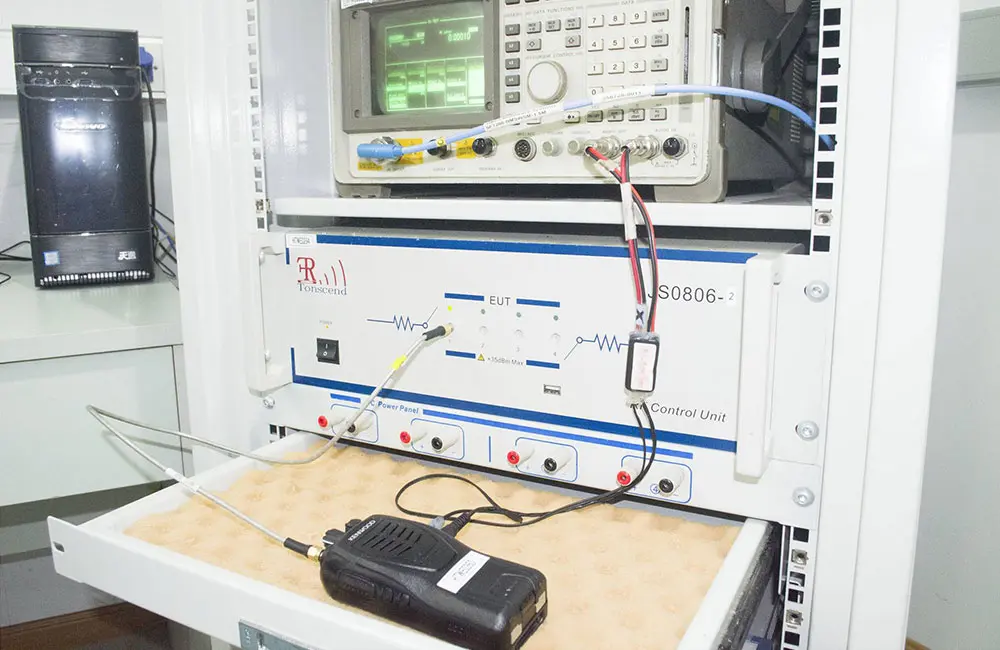 What is the meaning of EMC?
What is the meaning of EMC?
 Why EMC Test Is Required?
Why EMC Test Is Required?
 What is the Difference Between EMI and EMC?
What is the Difference Between EMI and EMC?
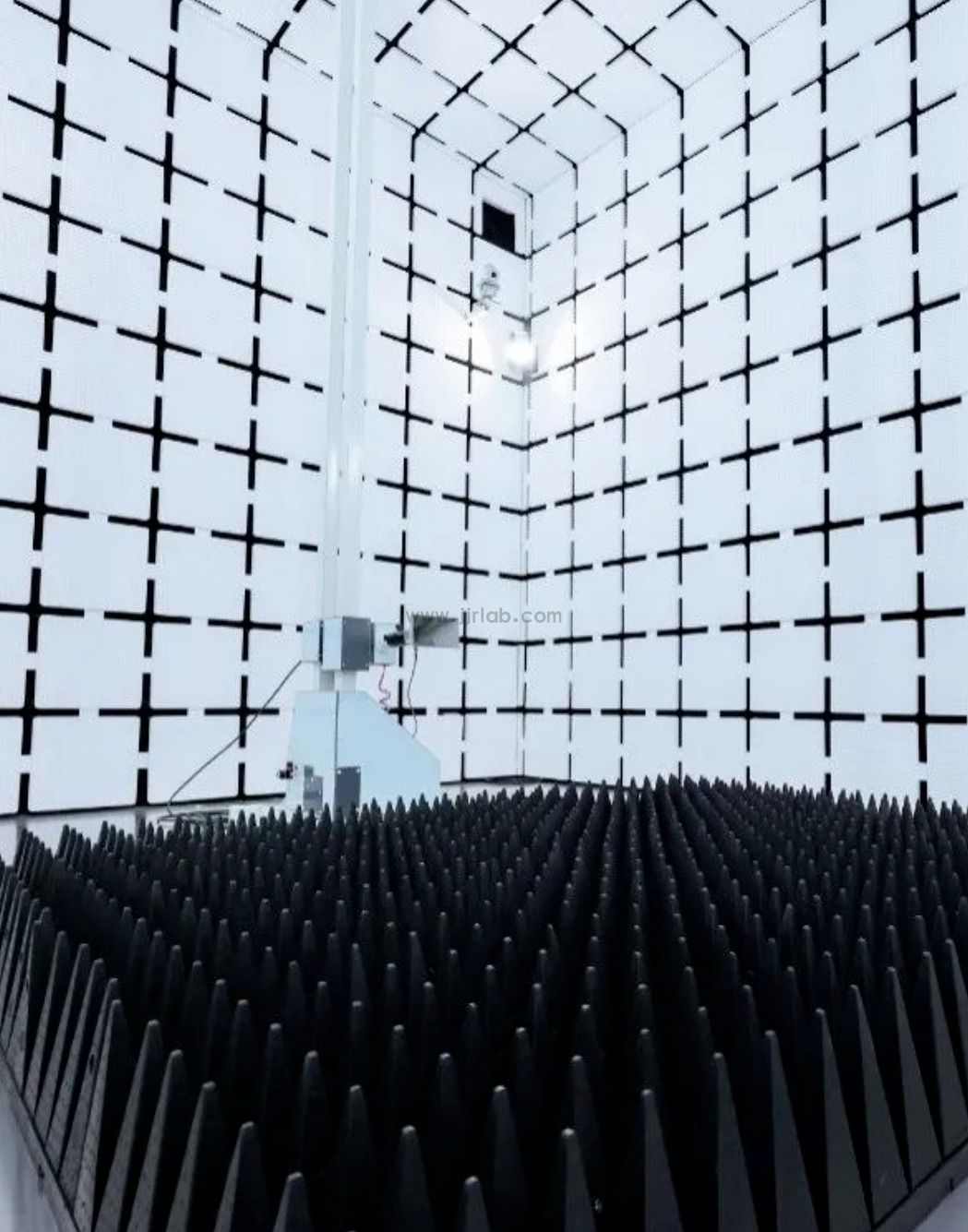 What is the difference between CE EMC and CE LVD?
What is the difference between CE EMC and CE LVD?
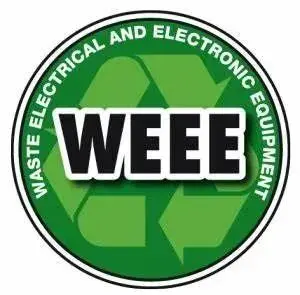 What Is the EU WEEE for Electronic and Electrical
What Is the EU WEEE for Electronic and Electrical
 What Is the ASTM D4316-95(2016) Hot Water Bottle T
What Is the ASTM D4316-95(2016) Hot Water Bottle T
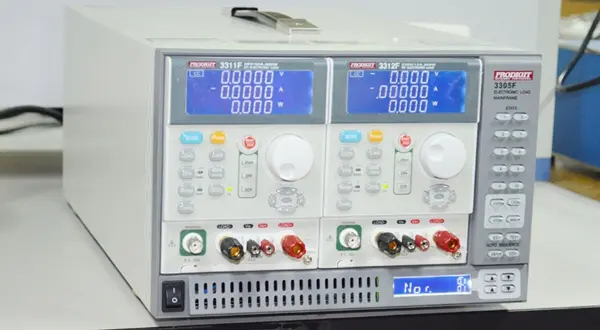 Amazon Electric Massager UL1647 Test Report
Amazon Electric Massager UL1647 Test Report
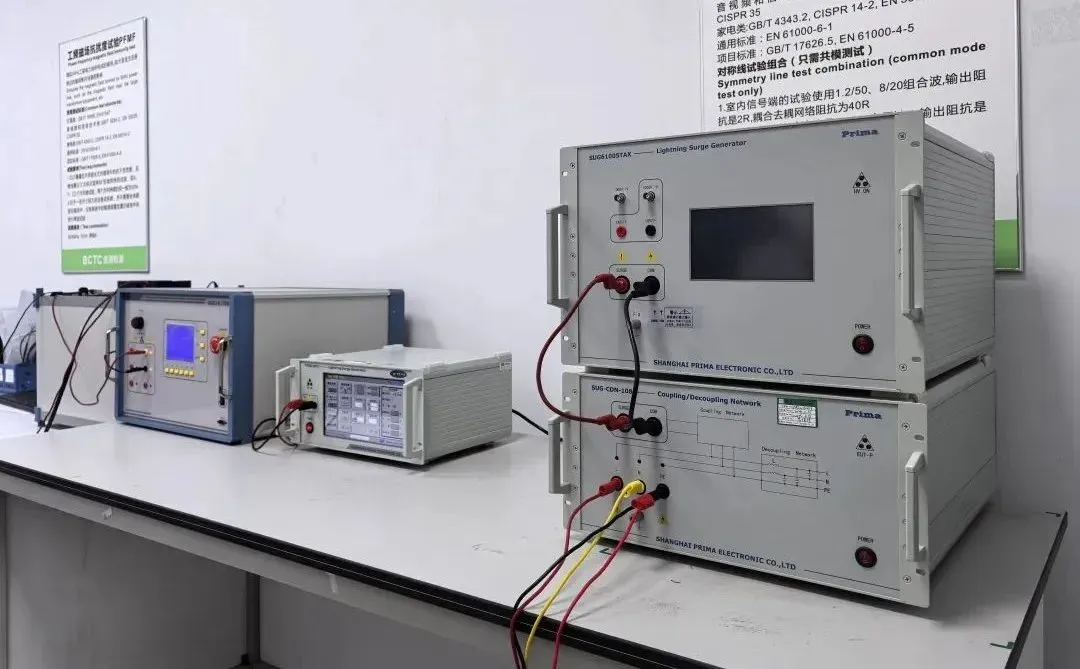 What Is IEC 60068-2-5:2018 Solar Radiation Test?
What Is IEC 60068-2-5:2018 Solar Radiation Test?
Leave us a message
24-hour online customer service at any time to respond, so that you worry!




